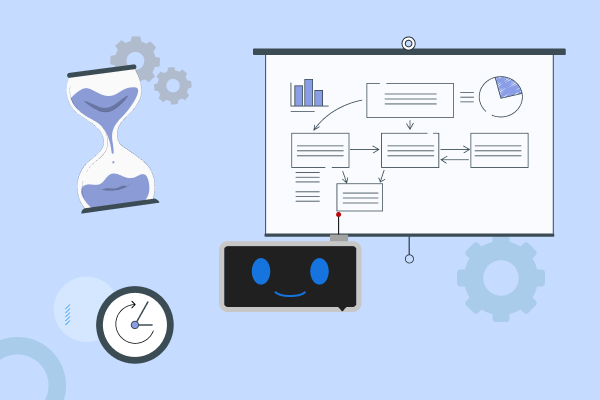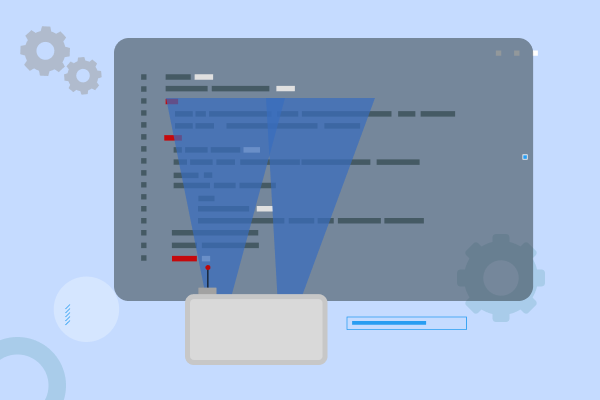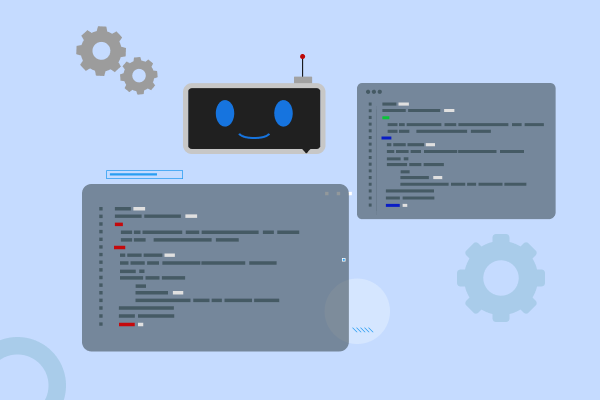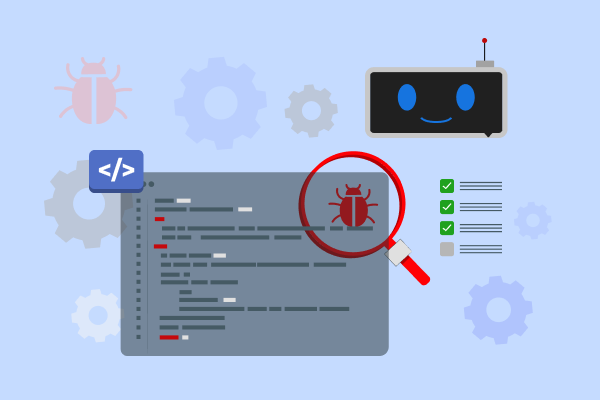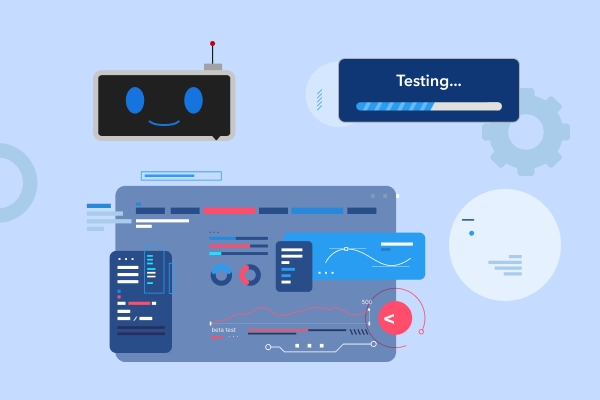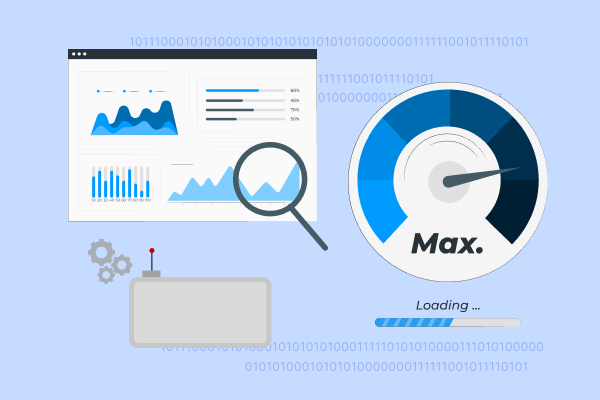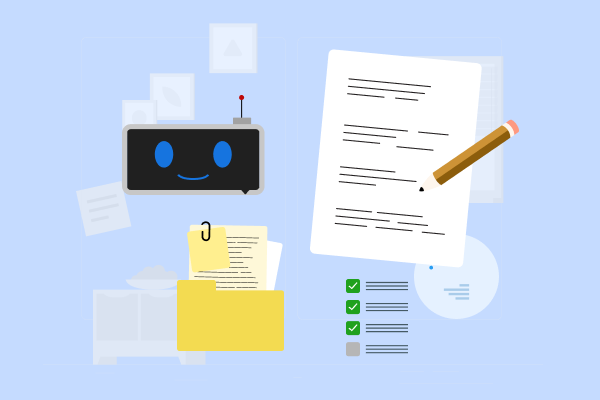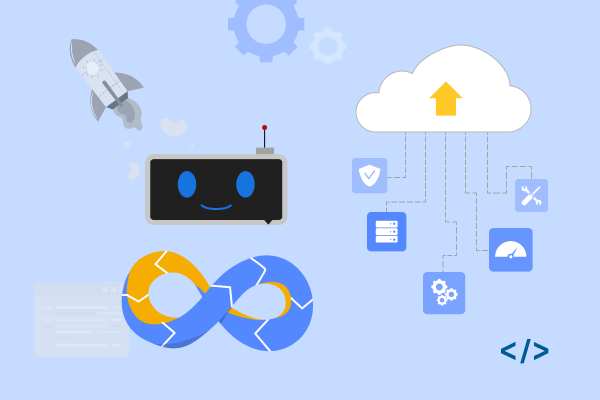In this article, let us delve into the challenges inherent in firmware development and present our thought leadership on leveraging an AI co-pilot to navigate each stage of the firmware development lifecycle.
Firmware development is often perceived as a complex and time-consuming endeavor. It encompasses the various stages, such as requirement analysis, design, implementation, testing, validation, deployment maintenance, and documentation of activities related to the firmware. Navigating these stages would require developers to possess in-depth knowledge of hardware architecture, low-level programming languages, and intricate debugging techniques.
In the pursuit of refining the firmware development process, semiconductor companies find themselves contending with challenges that traditional methods occasionally fail to address.
Intricacies in the Firmware Development Life Cycle
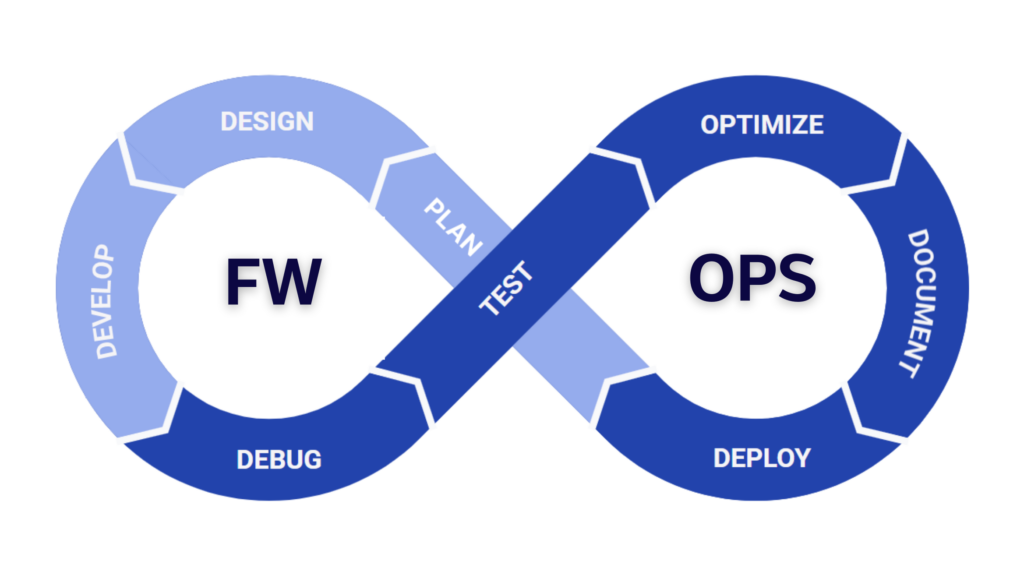
Each phase in the firmware development lifecycle is pivotal, contributing to the creation of robust and efficient firmware for complex systems. However, traversing this life cycle is not without its unique challenges, and developers often encounter obstacles that demand strategic solutions. Some key challenges include:
- Understanding firmware functionality requirements efficiently
- In-depth device knowledge and SDK/API familiarity requirement
- Orchestrating firmware with best practices
- Lack of clarity in debugging for improved test coverage
- Optimizing firmware for efficiency and performance
- Comprehensive documentation and support needs
When left unaddressed, these challenges can prove to be an intricate encounter when manually developing firmware.
Enhancing the Firmware Development Experience with AI
In this context, the influence of Artificial Intelligence (AI) can act as a transformative force and prove to be a viable solution to enhance firmware development.
By integrating AI capabilities into embedded IDEs, we, at Soliton, propose a thought to equip firmware developers with an intelligent co-pilot that guides the development process, enhancing productivity, reducing errors, and fostering innovation.
